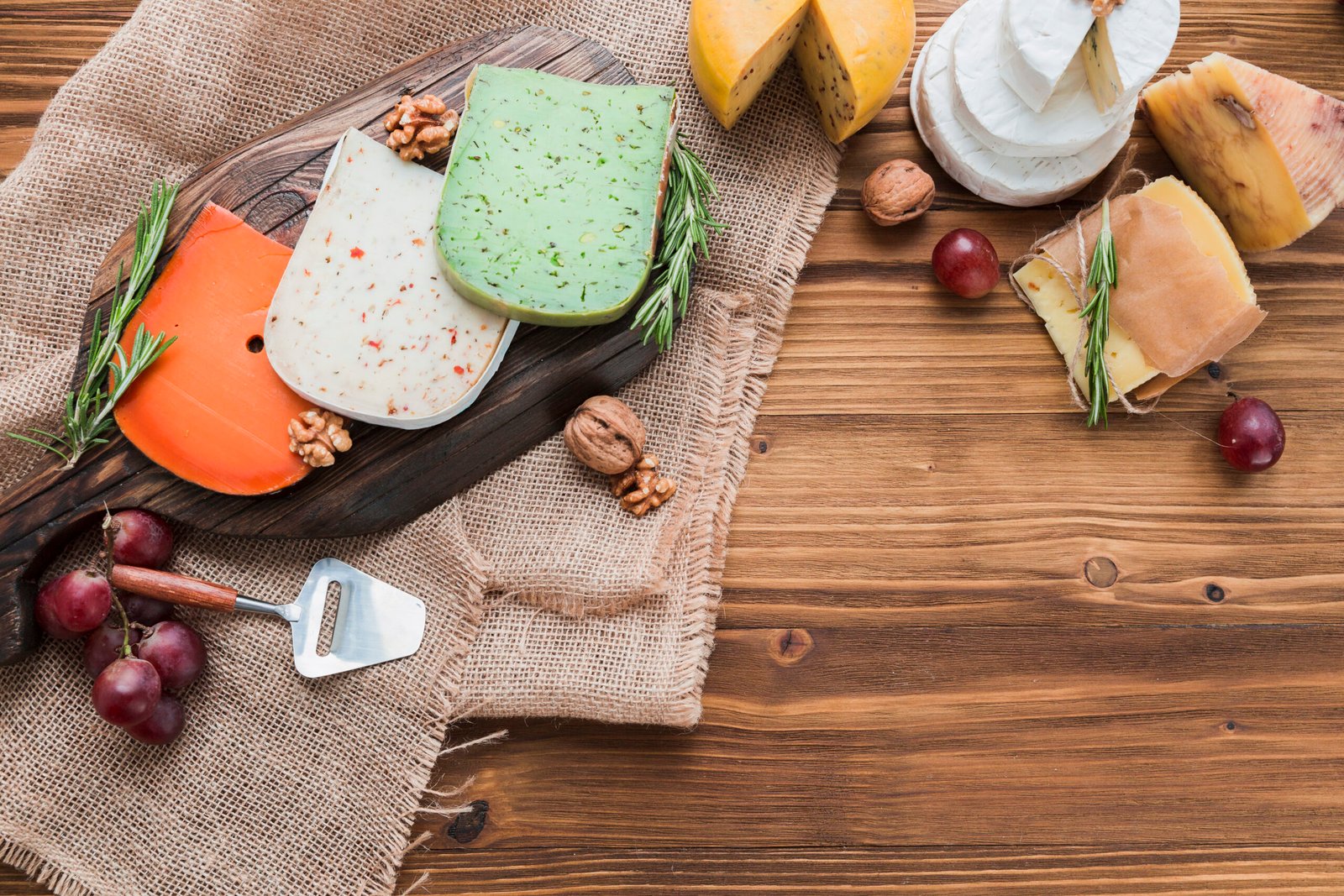Grouse cheese is not just a delicacy; it’s a journey from field to plate that embodies tradition and craftsmanship. Picture this: lush green pastures, the gentle hum of nature, and skilled artisans meticulously crafting cheese using milk sourced from specially raised grouse. This unique process has deep roots in history and culture, making each bite of Grouse cheese an experience steeped in flavor and heritage.
Whether you’re a foodie seeking new culinary adventures or simply someone who appreciates quality artisan products, Grouse cheese invites you into its world. Join us as we explore the intricate art of making this exquisite cheese—from the farming practices that nurture the grouse to the cheesemaking techniques that create its distinctive taste. Prepare your palate for an insightful dive into all things Grouse cheese!
The History and Tradition of Grouse Cheese Making
Grouse cheese has deep roots in the culinary traditions of rural communities. Its origins trace back centuries, where local farmers utilized readily available resources to create a unique product. This artisanal cheese emerged as a staple in regions known for their lush pastures.
As time progressed, techniques were passed down through generations. Families took pride in their methods, often adding personal twists that reflect regional flavors and practices.
Tradition plays a significant role; annual festivals celebrate its production and honor those who continue the craft today. Each wheel tells a story of dedication, blending history with innovation.
Even now, modern cheesemakers blend old-world techniques with contemporary approaches to keep this heritage alive. The result is not just cheese but also an echo of cultural identity cherished by many across the globe.
The Farming Process: From Raising Grouse to Milking for Cheese Production
Raising grouse for cheese production is both an art and a science. It begins with selecting the right breed, known for its rich milk quality. Farmers typically choose heritage breeds that thrive in specific environments.
The grouse are nurtured on lush pastures filled with natural grasses and herbs. This diverse diet plays a crucial role in enhancing the flavor profile of the milk they produce. Happy, healthy birds yield higher-quality ingredients.
Once ready, farmers carefully manage the milking process to ensure minimal stress on the birds. The milking is done gently to preserve their well-being while collecting creamy, flavorful milk that serves as the foundation for delicious Grouse Cheese.
Each step reflects a commitment to quality and sustainability, as attention to detail shapes not just welfare but also taste dynamics essential for exceptional cheesemaking.
The Cheesemaking Process: Step by Step Guide
The cheesemaking process of Grouse Cheese is a delightful journey that begins with fresh milk. This milk, sourced from carefully raised grouse, is the foundation for this unique cheese.
First, the milk is gently heated. This step helps prepare it for curdling. Once at the right temperature, rennet and cultures are added to initiate coagulation.
After about an hour, curds form and separate from the whey. The next phase involves cutting these curds into small pieces to facilitate further drainage of moisture.
Stirring comes next; it encourages even cooking and texture development in the curds. When they reach the desired consistency, it’s time to drain off excess whey.
Next up is pressing: here, curds are shaped into molds under controlled pressure. Afterward, they’re salted—this enhances flavor while acting as a preservative.
Each wheel undergoes aging in specific conditions to develop its distinctive taste profile over weeks or months.
Aging and Flavor Development of Grouse Cheese
Aging is a crucial step in the journey of Grouse Cheese. During this phase, the cheese transforms significantly. Time allows flavors to deepen and complexities to unfold.
The aging process typically takes place in controlled environments. Temperature and humidity play vital roles here. These elements influence texture and taste, contributing to a unique profile for each batch.
As weeks turn into months, enzymes break down proteins and fats. This development creates rich notes that range from nutty to earthy. The longer the cheese ages, the more pronounced these characteristics become.
Artisans often monitor their cheese closely during this period. Tasting at different intervals helps determine when it reaches peak flavor profiles.
This meticulous attention yields a product that reflects both artistry and science—each wheel tells its own story through its distinct nuances developed over time.
Pairing and Serving Suggestions for Grouse Cheese
Grouse cheese, with its rich and robust flavor, pairs wonderfully with a variety of accompaniments. Consider serving it alongside a selection of artisanal crackers or crusty bread. The crunchiness complements the cheese’s creaminess perfectly.
Fruit adds an exciting contrast. Try slices of ripe pears or figs for a sweet touch that elevates each bite. Dried fruits like apricots also work well to balance its savory notes.
For beverages, opt for full-bodied red wines such as Cabernet Sauvignon or even a bold stout beer. Both enhance the complexity of grouse cheese without overpowering it.
Don’t forget about garnishes! A drizzle of honey can bring out subtle flavors while providing a delightful sweetness that guests will love.
Experimenting with various combinations is part of the fun! Each pairing tells its own story and enhances the experience surrounding this unique cheese.
Sustainability and Ethical Considerations in Grouse Cheese Production
Sustainability plays a crucial role in the production of Grouse Cheese. Farmers prioritize eco-friendly practices that minimize their impact on the environment. Rotational grazing, for instance, helps maintain healthy pastures and promotes biodiversity.
Ethical considerations are equally important. Many producers focus on humane treatment of grouse throughout their lifecycle. This commitment ensures that animals thrive in natural conditions, ultimately enhancing the quality of milk used for cheese.
In addition to animal welfare, local sourcing is key to reducing carbon footprints. By utilizing nearby resources, cheesemakers support regional economies while keeping transportation emissions low.
Many farms also invest in renewable energy sources like solar panels and wind turbines. These initiatives further contribute to sustainable operations by lowering reliance on fossil fuels.
The dedication to environmentally responsible practices not only enhances the flavor profile of Grouse Cheese but also aligns with consumers’ growing demand for ethical food choices.
The Future of Grouse Cheese
As the culinary world continues to evolve, so does the production of Grouse Cheese. Chefs and food enthusiasts alike are increasingly turning their attention to this unique cheese, sparking a renewed interest among consumers. This resurgence is paving the way for innovative approaches in cheesemaking techniques and flavor profiles.
More farmers are embracing sustainable practices, ensuring that animal welfare remains a priority while promoting biodiversity on farms. These changes not only benefit the environment but also enhance the quality of milk used in producing Grouse Cheese.
The market for artisanal cheeses is expanding, with gourmet shops and restaurants featuring Grouse Cheese more prominently on their menus. As awareness grows, there’s potential for new collaborations between cheesemakers and local artisans—creating delectable pairings that elevate the dining experience.
Grouse Cheese has an exciting future ahead as it blends tradition with modernity. The journey from farm to table will continue to inspire creativity and passion within both producers and consumers alike. With every bite of this distinct cheese, one can taste its rich heritage intertwined with fresh innovations—each piece telling a story that celebrates both nature’s bounty and human craftsmanship.

